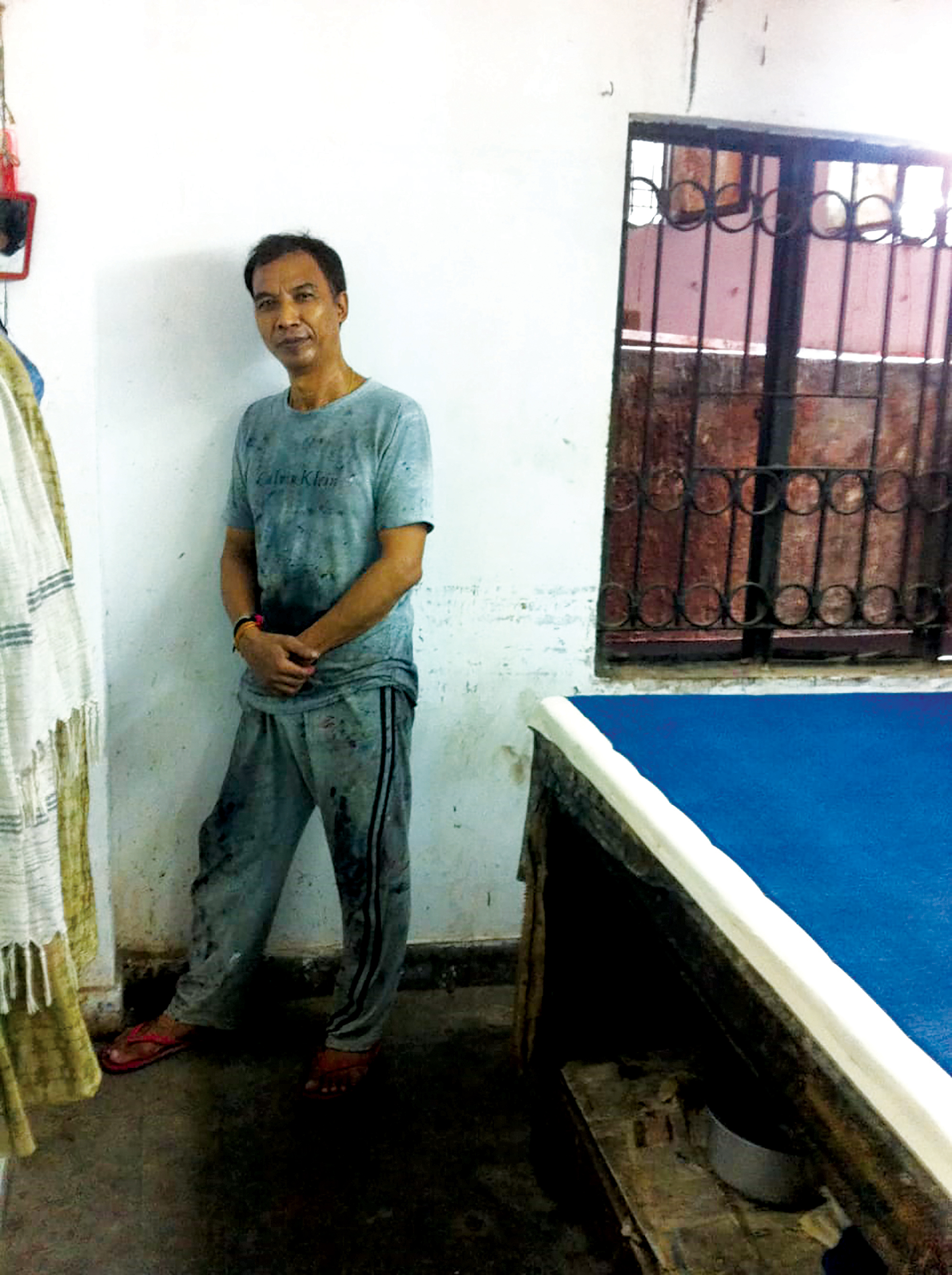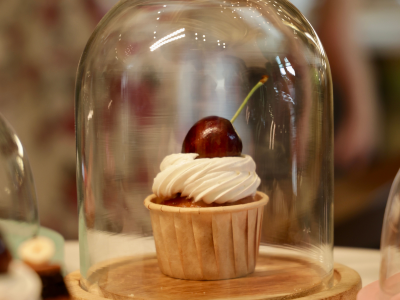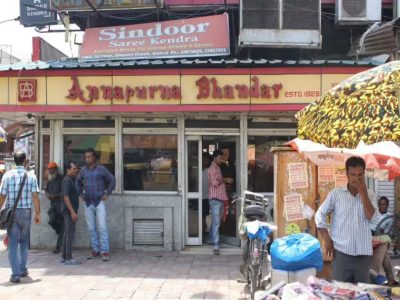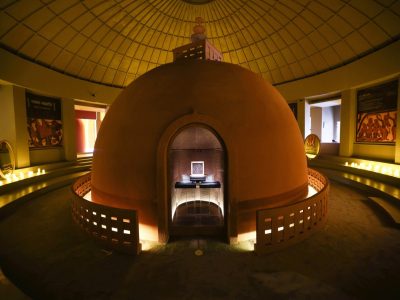Patriot visits a block print unit to get an insight into the life of a craftsman who has dedicated his life to the traditional art of block printing
More often than not, the stories that are widely discussed and spoken about in the fashion circuit around the world are that of revolutionary brands and how they came into existence. Fashion has always been an epitome of fantasy for most designers, however, the reality of the makers of garments in the third world countries like ours is far from being fanciful.
Since the Rana Plaza tragedy, the month of April is devoted to spreading awareness amongst masses regarding the well-being of people who make their clothes. On the eve of the Fashion Revolution month, Patriot visits a block print unit in Faridabad that has been utilised by top designers in the country and by brands like Fabindia that are known for using indigenous Indian crafts.
The landmark one must keep in mind to reach Rajat Ole’s facility in Lakkarpur is the Sai Baba Mandir. We reach his studio, which is a rather dingy place where his team of 15 printers are seen beating the fabric on the table, with blocks dipped in the colour that leaves behind an imprint.
The craft of block printing, which was borrowed from China, has found its own ground in India after being practised by artisans for more than 900 years. Ole first came across block printing when he left his family behind and chose to live with a ‘Cheepa’ family in Madhya Pradesh.
The death of his parents made him lose interest in academics and the will to continue living with his brother, who was working in the Indian Army at that time and was supporting Ole’s education in Rishikesh. And a day came when he decided to leave his brother’s house and live life on his own terms. After changing many trains around north India, he reached Ujjain where he started working as an apprentice with a Hindu family of block printers.
“I was always more interested in creative arts, so it was natural for me to be fascinated by block printing”, adds Ole.
Circumstances led him to move with his Guru’s family to Delhi in 1980. They settled in Gandhi Nagar where most of the printing and dying for the local market used to take place. After learning the craft and its trade to his heart’s fulfilment, he decided to go solo and live by himself. Working for several years under various people, he started employing other craftsmen around 20 years ago.
Rajat suggests that one of the emerging markets, when export came to India, was that of block printing. “It is only now that India has a huge domestic market so much so that we are not able to fulfil the demand. Export had a huge demand earlier, which was difficult to meet using block printing alone. That also led us to switch to screen printing to maintain bulk orders and deadlines.”
He tells us the story of Ajrak, a technique of block printing practised by craftsmen in Gujarat. It is a craft that was started by a family and was supposed to remain with it. “Many craftsmen took their skill and knowledge of the craft with them just to keep the tradition within the family.” However, with the help of their apprentices and subordinates, many things are known to the current generation of craftsmen.
He believes in the immense scope of craft in India. “I am still learning, despite having done this for more than 40 years. Our learning still seems incomplete. Every day is a new day and we make something new. We can never think that we know everything,” adds Rajat.
He is happy that a larger community is now devoted to art and craft. According to him, nothing is complete without design. Even if it’s a cup or a bed sheet or a clock.
Fabindia — being one of their major clients — introduce the printing studio with their mood board of the season, according to which Rajat and his team develop designs for them. Once it gets approved, they go on to produce various colours in different quantities as asked by Fabindia. Blocks are carved out in Khijrabad in Delhi or Philakhawa in Uttar Pradesh. The people in Philakhawa are more punctual, adds Ole.
All these years, Ole has lived a modest life and has put all his efforts and resources into his work. He lives in Delhi with his wife and daughter. His studio space is a testimony to all the years he and his team of karigars (workers) have put into block printing. His collection of blocks from his early years stacked in a corner and the shy old man in a block-printed cotton lungi, who has been with him for the longest time, is a testimony to his years of practice.
Rajat has worked with brands like Abraham and Thakore, Rajesh Pratap, Namrata Joshipura, Vrissa, Neeru Kumar and most recently, Good Earth, for which he experimented with real silver as a colour in the print. Although, his favourite remains Rajesh Pratap and Namrata Joshipura, as they would seek his advice while making design decisions. “They are the ones who work closely with the karigars. They believe in us and listen to our feedback. They value everyone irrespective of how important a person is to them,” he says.
As a vendor, he ensures that a design made for a specific client doesn’t get copied. “I have a system here from the very beginning — I don’t mix designs which are unique to different people we work with. It is key to retain the trust of our clients,” he adds.
Anjali, a designer who works in-house gives us a tour of the studio and introduces us to Sayeed, a craftsman who is working overtime for some extra money. She describes the structure of the colour vessel that keeps the pigment intact. After having gained experiences in product development and merchandising, she recently joined Rajat’s studio to get a flavour of the local craft.
Being a man of action, moving forward is part of Ole’s plan. Currently, he is developing budgets for stitched merchandise with Anjali’s design inputs. “We are planning and we will definitely do it,” he concludes.





